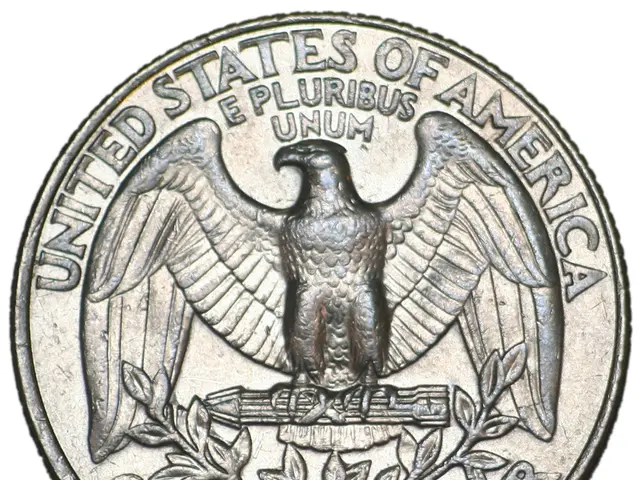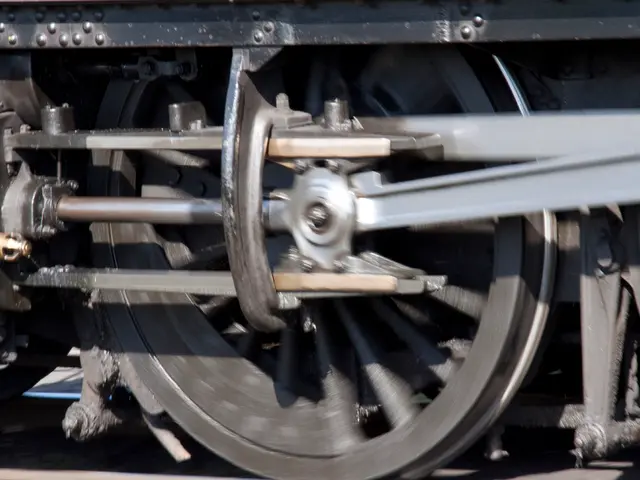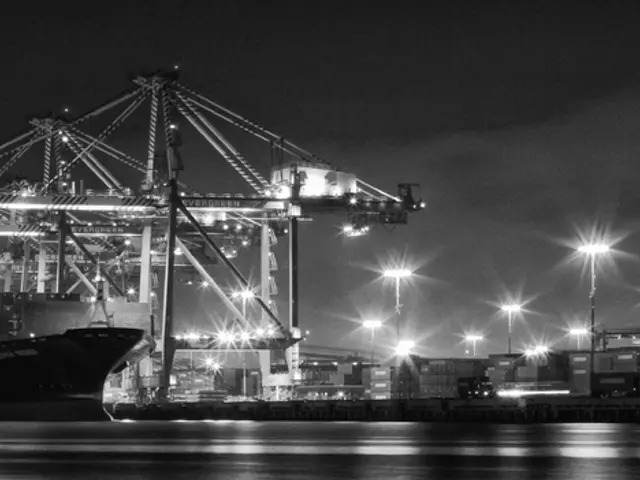Economic Alliances: Fostering Growth or Constructing Barriers? Classifications, Advantages, Disadvantages
Trade blocs, groups of countries joined together through trade agreements, are a significant factor in shaping the global economy. They foster a more interconnected system, promoting economic integration and growth. In this article, we'll explore different types of trade blocs, their benefits, and potential drawbacks.
Free Trade Area (FTA) vs. Customs Union
A free trade area (FTA) involves removing restrictions on trading between members, allowing goods and services to flow freely between them. On the other hand, a customs union differs primarily in that it establishes a common external tariff on imports from non-member countries.
Economic Benefits
In a customs union, there are no tariffs on goods traded between members, plus a common external tariff on imports from outside the union. This reduces customs costs and eliminates internal tariff barriers, encouraging trade and economic integration among member states. An FTA also removes tariffs between members but allows each member to maintain its own external tariffs on third countries, providing more policy flexibility but less overall coordination.
Trade Deflection
Trade deflection occurs when imports enter a member country with the lowest external tariff and then move freely tariff-free within the union, undermining protection in higher-tariff members. In a customs union, a common external tariff prevents trade deflection because all members apply the same tariff to non-member goods. In an FTA, differing external tariffs create opportunities for trade deflection, making enforcement complex and requiring detailed rules of origin.
Potential Drawbacks
Both customs unions and FTAs have their drawbacks. Economic dependence and loss of sovereignty are key concerns. Customs unions increase economic interdependence, requiring members to align external policies somewhat, while FTAs retain more autonomy but offer less collective bargaining power.
Other Types of Trade Blocs
A common market is a type of trade bloc that allows for the free movement of labor and capital, in addition to goods and services. In a common market, protective policies such as subsidies are removed, and member countries usually harmonize micro-policies such as regulations on monopoly and anti-competitive practices.
An economic union is a type of trade bloc that involves harmonizing economic policies like tax regulations, in addition to the features of a common market. In an economic union, member countries work towards a single monetary policy and currency.
A preferential trading area is the simplest form of the trade bloc, where member countries agree to lower tariffs for certain products but do not eliminate tariffs altogether. If member countries agree to adopt a single currency, it is called a monetary union.
Conclusion
Trade blocs offer numerous benefits, including lower prices and more varied products, a larger market, boost in direct investments, access to cheaper and more abundant capital, encouragement of specialization, increased competition, positive effect on knowledge abundance and technology transfer, better quality intermediate inputs, minimization of potential conflict among members, increase in economic power, offering new opportunities for trade and investment, and growth in member countries extending to other members. However, they also come with potential drawbacks such as shutting down the domestic industry, increased economic dependence, loss of state sovereignty, bringing up trade diversion, retaliation from non-member countries, and potential economic crises spreading between member countries. It is essential to consider these factors when evaluating the merits of different trade agreements.
In the context of business and finance, a free trade area (FTA) and a customs union are different types of trade blocs, each offering unique benefits and challenges. An FTA removes tariffs between its members, promoting free flow of goods and services, while a customs union establishes a common external tariff on imports from non-member countries, aiming for greater economic integration. Conversely, a common market allows for the free movement of labor, capital, goods, and services, while an economic union harmonizes economic policies such as tax regulations and adopts a single monetary policy. Investors should carefully weigh the potential advantages and drawbacks, including economic dependence, loss of sovereignty, trade deflection, and potential economic crises, when considering different types of trade agreements.





